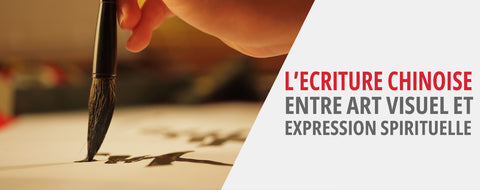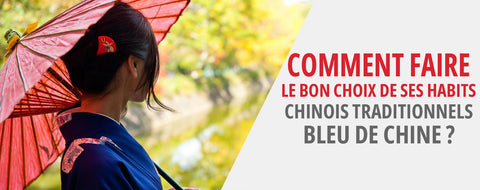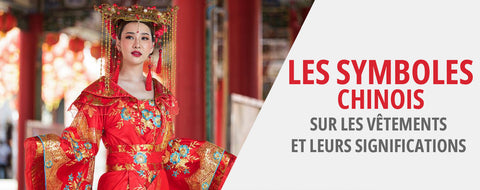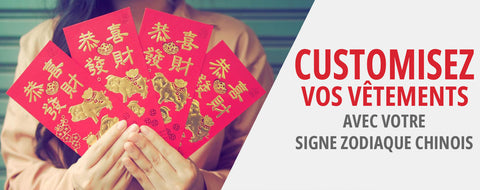
The Art of Chinese Shadow Theater
reading - words
The bright colors of the shadows, the cutouts of the puppets As fine as lace, their elegant lines, and traditional music make Chinese shadow theaters real works of art. Although the number of shows offered is falling today, this great art of Chinese culture has several millennia of history behind it, and still holds many secrets.
History and Origins of Chinese Shadows
Experts believe that shadow puppets are more than 2,000 years old, and that they originated during the Han Dynasty. origins of the invention are more vague, and give rise to many legends. The best known tells that on the sudden death of his wife (87 BC), the Emperor Han Wudi was so heartbroken that his closest advisors struggled to console him by trying to bring back the spirit of his beloved. It was while seeing children playing at making shadows with umbrellas that his closest advisor had the idea of bringing back to the Emperor the memory of his deceased wife by projecting her shadow behind a curtain, with the help of a puppet and an oil lamp. That night, the Emperor was so transported by the illusion that he overcame his grief and continued his reign for many prosperous years. Although this legend is probably fiction, it shows the historical value of Chinese shadows.

It was during the Song Dynasty (960-1279) that shadow puppets gained their popularity. So much so that by the early Ming Dynasty (1368-1644), there were between 40 and 50 troops Chinese puppet show right in Beijing! While writings mention that the puppets were then made of thin paper cups, it is believed that they very quickly evolved to be made from leather, especially donkey.
For many years, shadow puppetry was closely linked to politics. In Beijing, for example, during the reign of Emperor Kangxi (1661-1722), the performing art was so popular that each prince had eight well-paid puppeteers. When the Manchus invaded China, they further democratized shadow puppetry, as they could not enjoy other forms of entertainment due to the language barrier. The political aspect of Chinese puppetry is all the more evident in that the Chinese government went so far as to ban it between 1796 and 1800, to prevent the spread of the peasant uprising that was taking place at the time. After a resurgence in popularity, shadow puppetry finally became rare in the 19th century.
Shadow Theatre Show
Chinese shadow puppet shows have captivated many people over the centuries with their haunting music, delicate puppets projecting a thousand colors, and astonishing live performances. Typically, a shadow theater troupe is made up of five people: a first who must move the puppets, a second playing the Suona, a traditional Chinese trumpet, a third playing the Banhu, a traditional Chinese violin, a fourth in charge of percussion, and finally, a fifth person who sings. This real actor must then sing the voices of all the puppets, and also often plays one or more of the twenty instruments linked to Chinese puppet theater, making this show a real Chinese musical comedy. Music is therefore a crucial element of this live show, and will set the rhythm and tone of the plot. Due to the difficulty of the profession, these actor artists are often professionals, but there are still a few amateurs who are passionate about the arts of puppetry.

The stage is then made up of a white fabric screen, on which the silhouettes of the puppets are projected. The puppets themselves look a lot like paper cups, except that they are articulated by rods so that they can be manipulated. The plot is generally very simple, and it is rather the artistic performances as such that attract the audience. For example, thanks to current techniques, puppets are able to smoke or breathe! Some particularly elaborate scenes can even show the reflections of the puppets in mirrors.
The puppeteer often manipulates five puppets at the same time, and each puppet is itself articulated by three rods. His ten fingers manipulate fifteen rods simultaneously! It is no surprise that these plays are so impressive.

To get around the limitation imposed by two-dimensional puppets, the performance is often exaggerated and dramatic. A puppet then has a theatrical and caricatured face, sometimes going to the comical. In this way, the audience can judge the personality of a character by looking at his puppet. Just like in the Peking Opera, a character dressed in red will generally be honest and good, one with a black mask will be faithful, and one with a predominance of white will often be a traitor.
Finally, delicately staged, the decor itself can be worth the detour. Sometimes made up of real architectural gems in the background, furniture of impressive finesse, landscapes, rough seas navigated by boats with audacious aesthetics, these decors set the tone of the piece.
Chinese Shadows Today
From a few thousand troupes at the end of the 19th century, to a few hundred at the end of the 1970s, the national scene today only offers a few dozen troupes, and Chinese shadow theatre is threatened with extinction. It was nevertheless registered in 2011 as an Intangible Heritage of Humanity by UNESCO. However, there are few Chinese who go to Chinese shadow theater today. Among the troupes that persist, only a few still perform in the traditional way, and are generally located in more rural, remote, and less developed regions, and therefore more attached to their traditions.

The puppets were still made of leather, and manipulated with sticks, and the performances generally told ancient Chinese legends in a very theatrical way.
Although the programming is not as rich as it used to be, there is still a scene of Chinese puppet shows in different regions of China. Discovering the Chinese shadow show can be a poetic and exciting break to take in China, since each play wonderfully illustrates the historical and cultural aspects of China. A framed puppet can be an original and authentic souvenir to bring back from China.




